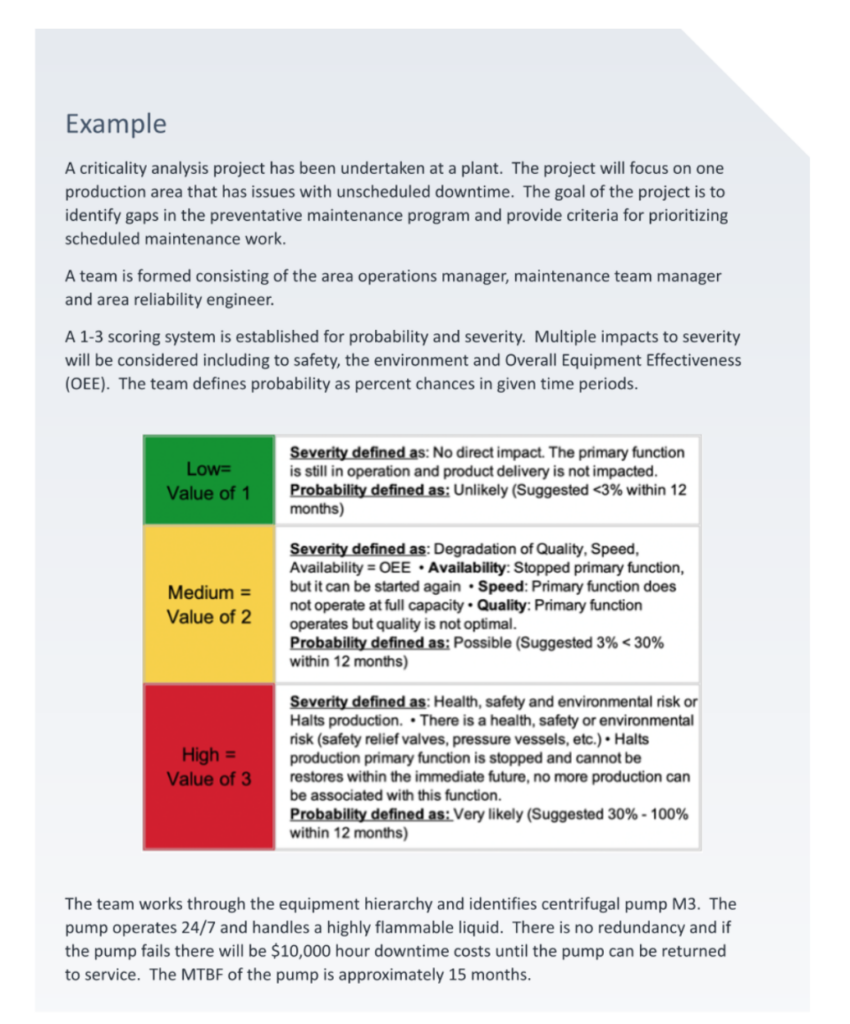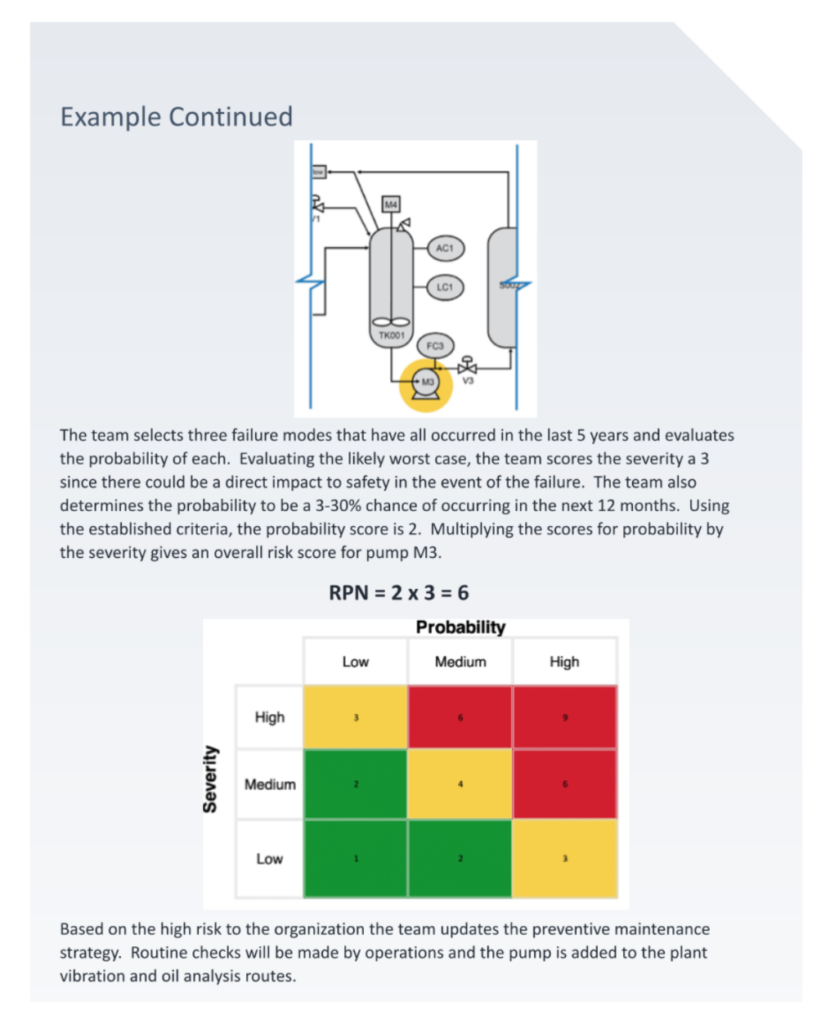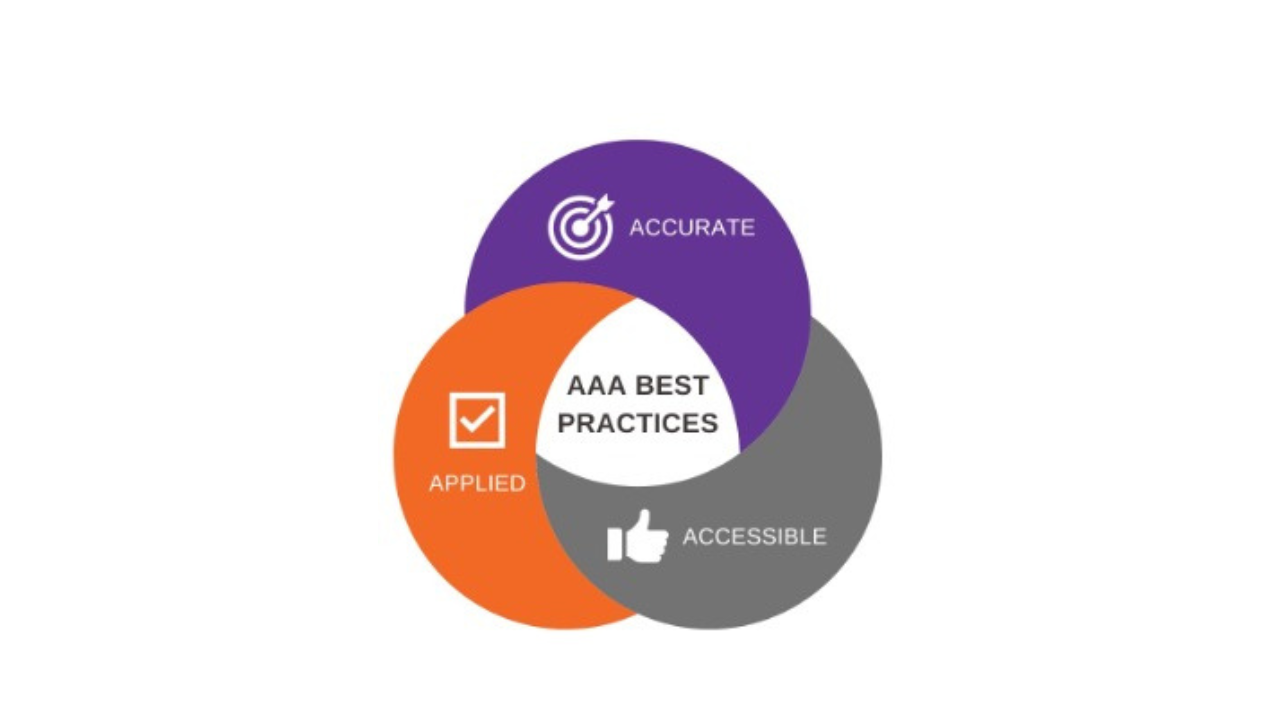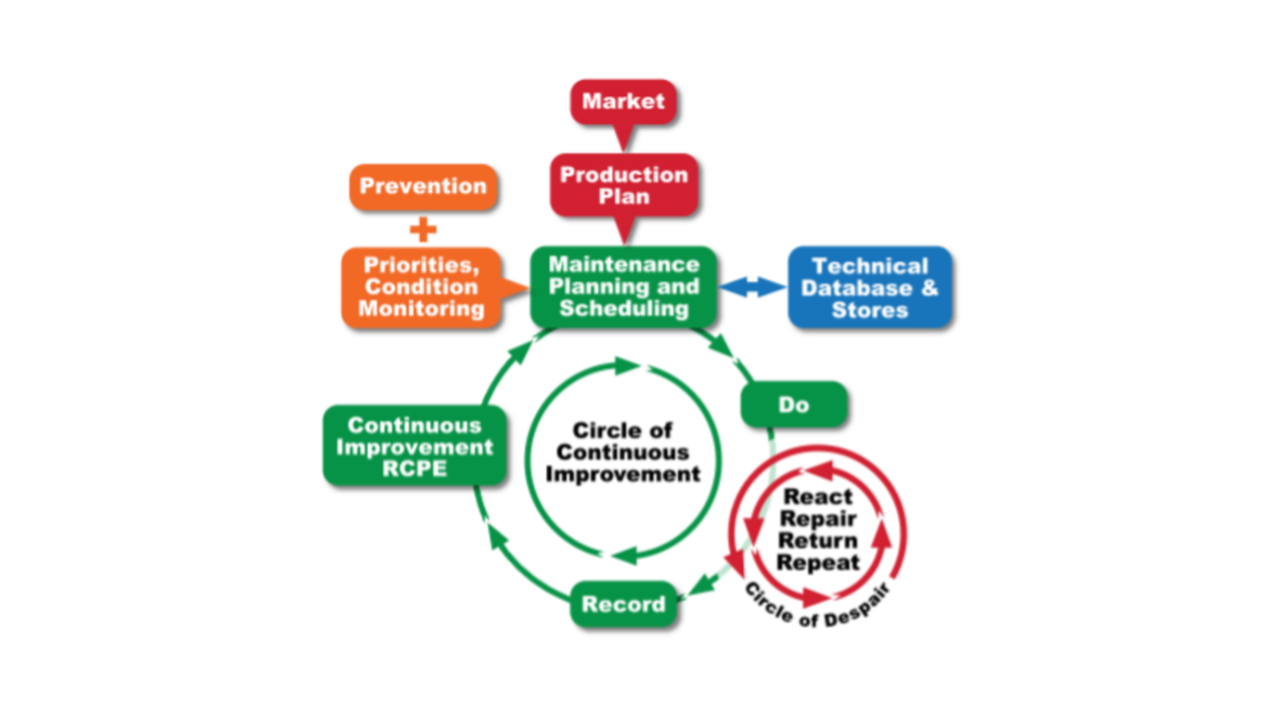Watching the Horizon with Criticality Analysis
John Sewell, Consultant, IDCON INC
Posted 07/18/2023
What is Criticality Analysis?

Criticality analysis is used extensively in high-risk industries like petrochemical, mining and chemical processing. By varying the level of detail, any organization can use the process to reduce risk and lower overall manufacturing costs.
When conducting analysis on individual pieces of equipment, analyze three to five specific failure modes. For lower risk operations, conduct the analysis at higher levels of the hierarchy.
Risk is a situation that poses a danger and is measured by the product of probability and severity.

Probability is the likelihood that the failure mode will occur in a given amount of time. The severity, or consequence, is the impact of the failure occurring. Multiple aspects of severity are considered including impacts to safety, the environment, production losses and direct costs to repair.
A numerical scale is assigned to the probability and severity with lower numbers indicating less chance of the event occurring or less severe consequences. Scales can range from 1-3 to 1-10 depending on how granular the business requires the analysis to be conducted.
The product of probability and severity is called the Risk Priority Number (RPN) and represents the overall criticality of the asset.

The biggest benefit of understanding criticality is in tailoring preventative maintenance methods. Efficient PMs can be created that eliminate or reduce the chance of the failure. Failures can be detected with condition-based maintenance, thus avoiding equipment breakdown and limiting consequences. Another benefit is for equipment in the design stage. Better materials of construction can be specified and improvements to maintainability can be made. Criticality analysis can also be used to help prioritize daily maintenance work or provide a trigger for conducting Root Cause Problem Elimination.
Criticality Analysis in 4 Steps
Form A Team – Criticality analysis requires a diverse team. Production resources will be needed who understand the impact of failures. Maintenance craftspeople or engineers will be needed to identify likely failure modes. Safety experts are used to help clarify probability and define an acceptable level of risk. Engage team members who work well in a collaborative environment and can dedicate time to the project.
Establish Criteria – Determine the scope of the analysis and the level of detail required. Set expectations for which failure modes will be analyzed. Establish definitions for probability and severity of the events. Establish the scoring system and document the risk scoring matrix. Define the criteria for gauging safety, environmental and production risks.
Analyze – Conduct the analysis by logically working through the equipment hierarchy. Work with a specific piece of equipment and identify three to five likely failure modes. Based on data or the team’s experience, gauge the probability of each event. Work through the severity of each event and look for impacts to safety, the environment or production. Calculate the risk score by multiplying the probability and severity ratings. Document the team’s decisions so the analysis can be reviewed and validated.
Continuous Improvement – Use the results of the analysis to optimize existing preventative maintenance strategies. Close gaps in equipment cleaning and lubrication programs and update condition based maintenance routes to detect failures early. Ensure management of change procedures are updated to access the criticality when new equipment is added or there are changes in the functions and failure modes of existing equipment. Train planners and schedulers in how to use criticality analysis to help prioritize routine maintenance work.


Best Practices
When conducting criticality analysis ensure it is accurate, accessible and applied.
Accurate – Ensure the analysis is correct by using a team of knowledgeable experts and cross checking the results. Identify a program owner and have documented standards to ensure repeatable analysis results. Conduct a formal analysis during capital projects and major changes to the process. Update failure modes, probability and severity during minor changes as part of a management of change process.
Accessible – Use standard formats for all analyses. Document the selected failure modes in sufficient detail. Record the logic for decisions made around probability and severity. Thorough record keeping will enable validation to be easily conducted in the future. Save reports in an electronic and easily accessible database. Add the criticality to equipment records in the CMMS. Ensure planners and schedulers understand how equipment criticality impacts work order priority.
Applied – Establish clear criteria for how to use the results of the criticality analysis. Generate SMART goals or mandatory corrective actions to ensure PM programs are updated. Update CBM routes following the analysis to incorporate new inspection points or updated frequencies.
Criticality Analysis and the Technical Database
A sound criticality analysis is an element of the technical database and supports the overall work management process.
Any organization can benefit from a well-organized and documented criticality analysis. Use a four-step process to establish criticality. Identify likely failure modes and assess the probability and severity of each. Use the results of the analysis to improve PMs and work management processes. Criticality analysis keeps an organization’s eye on the horizon and one step ahead of the next problem.
The technical database is made up of eight components, if you’re interested in learning more about each component follow along with the series as it is updated each month.
- Equipment Hierarchy
- Equipment Numbering and Labeling
- Drawings, Manuals, and Pictures
- Engineering Standards
- Bill of Materials
- Criticality
- Standard Job Plans

John Sewell, CMRP
John Sewell, CMRP is a Consultant with IDCON INC, a specialized management consulting firm in the field of reliability and maintenance management. As a consultant, John works with clients in any industry to improve reliability and lower manufacturing and maintenance costs through hands-on coaching and training.
Related Articles
What is the Technical Database and How Does it Affect Planning and Scheduling?
Practical Guide to Equipment Hierarchy
How to Label and Number Equipment for Easy Identification
Put Your Equipment Drawings, Manuals and Pictures to Work for Cost Savings

Engineering Standards to Help Lower Cost




